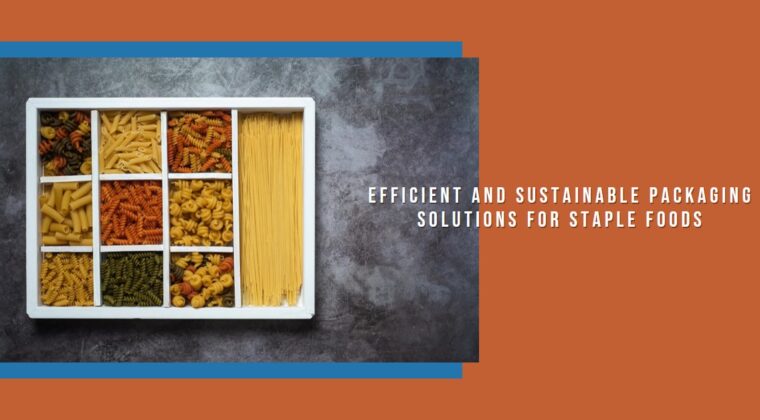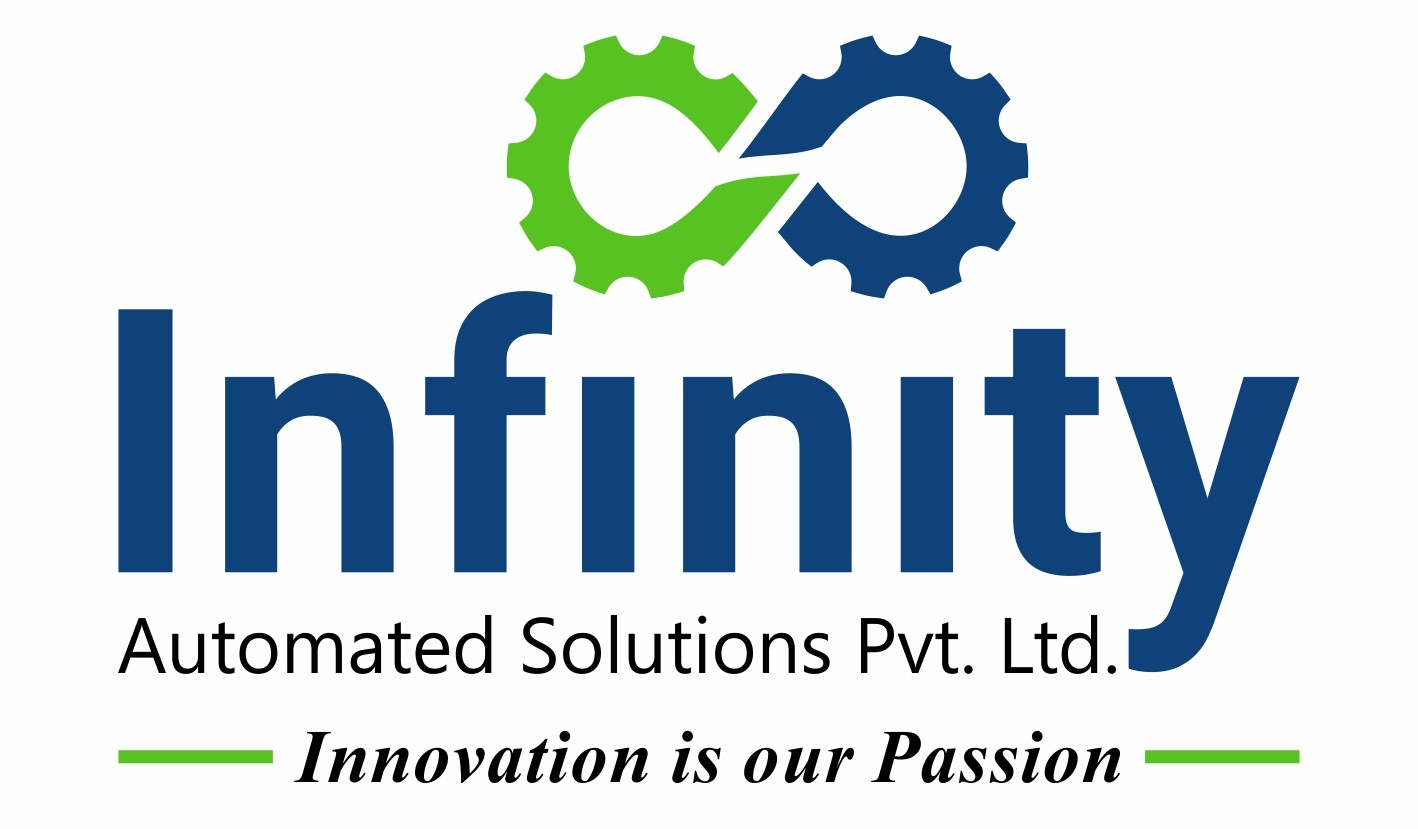In a significant leap forward for the food packaging industry, a cutting-edge solution has emerged that is set to transform the way staple food pouches are handled and packaged. With the introduction of fully automatic secondary packaging systems, manufacturers are now able to improve efficiency, reduce costs, and enhance the overall quality of their products.
Streamlining the Packaging Process
Traditionally, the secondary packaging of staple food pouches has been a labor-intensive and time-consuming process. However, recent advancements in automation technology have paved the way for a more efficient and cost-effective approach. These automated systems can handle a variety of staple food pouch sizes and shapes, making them a versatile solution for manufacturers.
Key Advantages of Fully Automatic Secondary Packaging for Staple Food
- Enhanced Efficiency: Fully automatic secondary packaging systems significantly increase the speed and efficiency of the packaging process. They can handle a high volume of staple food pouches, reducing the need for manual labor and human intervention.
- Cost Reduction: By reducing the reliance on manual labor and streamlining the packaging process, manufacturers can expect substantial cost savings in the long run. This includes savings on labor costs, as well as reductions in errors and waste.
- Improved Product Quality: Automation ensures consistent and precise packaging, which leads to a higher quality end product. This is especially important in the food industry, where the safety and integrity of the product are paramount.
- Flexibility and Customization: These systems are adaptable and can be configured to handle various staple food pouches and packaging formats. This flexibility allows manufacturers to meet the demands of a diverse market.
- Sustainability: Many automatic packaging systems incorporate eco-friendly features, such as reduced material wastage and energy efficiency. This aligns with the growing focus on sustainability in the food industry.
The Future of Staple Food Pouch Packaging
As fully automatic secondary packaging systems continue to gain traction in the food industry, the future looks promising. Manufacturers can expect improved productivity, reduced costs, and a more sustainable approach to packaging staple food pouches. This innovation underscores the importance of embracing technology to stay competitive in an ever-evolving market.
The adoption of automation in secondary packaging also has wider implications for the industry. It’s a testament to the ongoing drive for innovation and efficiency in food production, reflecting the commitment to meeting consumer demands while adhering to the highest quality and safety standards.
In conclusion, the introduction of fully automatic secondary packaging for staple food pouches represents a major milestone in the food packaging industry. It’s a testament to the ongoing drive for innovation, efficiency, and sustainability, demonstrating how technology continues to shape the future of food production and packaging. Manufacturers that embrace this cutting-edge solution are well-positioned to thrive in an increasingly competitive market.


